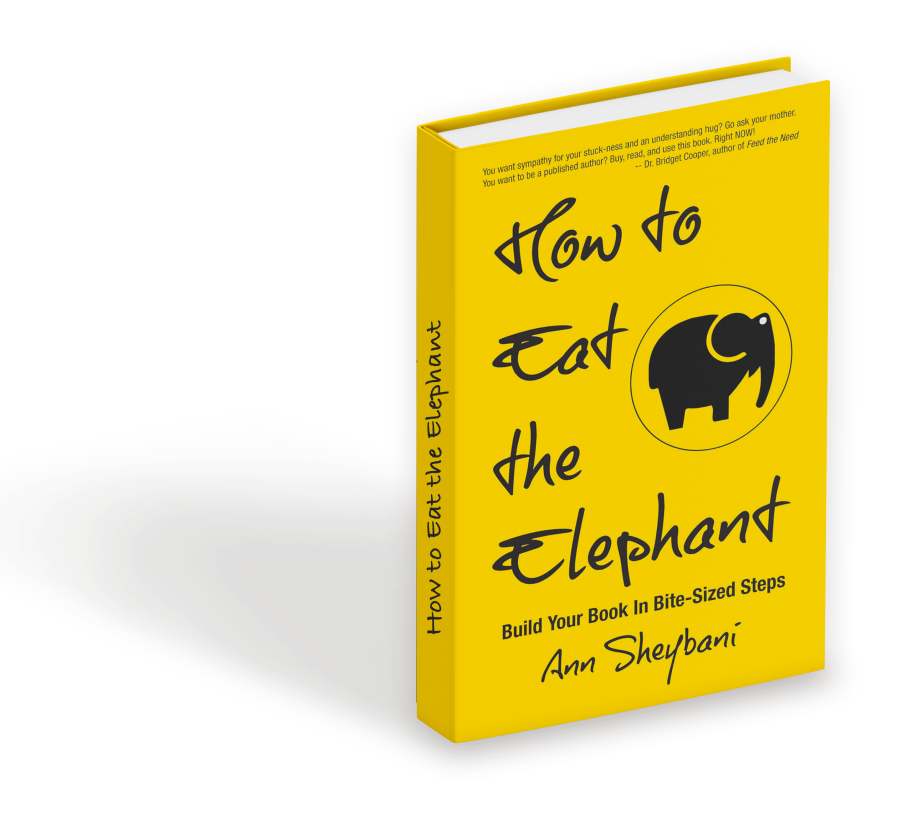The first time his owner spotted him, a gang of young kids was tossing him back and forth like a football. She’d shouted at them to stop abusing the puppy, but they’d ignored the tiny, white-haired American lady.
A week went by. She saw the puppy again. This time, one of the neighborhood boys was kicking the ever-living shit out of him just outside the boatyard. The animal didn’t even bother to whine. As a foreigner, she knew she’d be ignored, or worse, if she forcefully inserted herself into the equation.
One day she came upon the very same puppy coated in bright blue house paint. He couldn’t stop shaking. Looking right and left, she found herself alone with the animal and led him back to the boat where she lived. She helped him on board, set a bowl of water in front of him, and said, quite decisively, “Your name is Stevie. From here on in, you live with me.”
I met Stevie and his savior in a harbor bar in La Paz, Mexico. I’d noticed the small white dog sitting in her lap, her hand perpetually resting on his head. Whenever she got up, crossed the room to chat with someone from her sailing community, the dog followed behind, his tail wagging. Beer in hand, folks bent down to pat Stevie, but he’d never take his eyes off the old lady.
I sat down beside her so I could pet her lovely dog. “It’s been three years now, and if you can believe it, I had to teach him how to bark.” Flipping out her iPhone, she showed me a picture of Stevie with her cat—a flabby calico that outweighed him by a couple of pounds. The two animals had woken her up that morning with another one of their silly wrestling matches. She’d had to pull out one of their paws from her ear.
I encouraged her to get Stevie’s story down on paper because everybody in the bar was talking about it, but she didn’t consider herself a writer; just someone who’d always protected the underdog. Her sister had been diagnosed with breast cancer at the age of ten, had lost the battle at eighteen. Stevie was just one in a long line of vulnerable beings she’d taken in under her protective wing in the name of that sister. And anyway, who wanted to read about her little dog?
Like many of my clients, when I first started studying the art of writing at Harvard, I was unsure of what constituted a good story.
In the beginning, we all—to a one— wrote melodramatic stories filled with fires and floods, murders and rapes, because we’d learned that in order for your story to be a page-turner, your reader needed to be offered a steady diet of conflict.
(By the way, I’m going to sneak in a little writing lesson here. That steady diet of conflict is commonly known as plot. Plot is all about change. Change has to happen in every story, which means there must be some kind of conflict or tension or question presented that gets resolved to some degree. )
When we moved from fiction into memoir, we students got even more confused. Which aspects of our life were worth recounting? Which were better left to the scrap heap?
Some of my classmates were jealous because I had such great material to work with: an alcoholic father, five years living in Iran, culture shock, a mother-in-law who slept at the foot of my bed, and on and on and on. They figured nobody wanted to hear about their happy childhoods, or their early successes, or their inexplicable love of Mother Theresa or Tina Turner. No, in our minds, readers wanted trauma and gore.
And yet the pieces that resonated most with others in those workshops—mine and those of others— were the ones where nothing really bad or outrageous happened. My most popular pieces were simply quiet observations about my children, my dating life, and my North Dakotan mother. These were the bits that drew folks in. Within these stories, I finally started to learn how to write.
Besides wanting to share this little sketch about my new best friend, Stevie, I want to drive home this particular point: As much as I encourage people to share their stories of shame, to let people in behind the curtain, sometimes the things we think aren’t worth writing about are actually the most compelling. Sometimes a simple story about a little white dog is enough to do the trick. It’s likely the tip of a fascinating iceberg.


